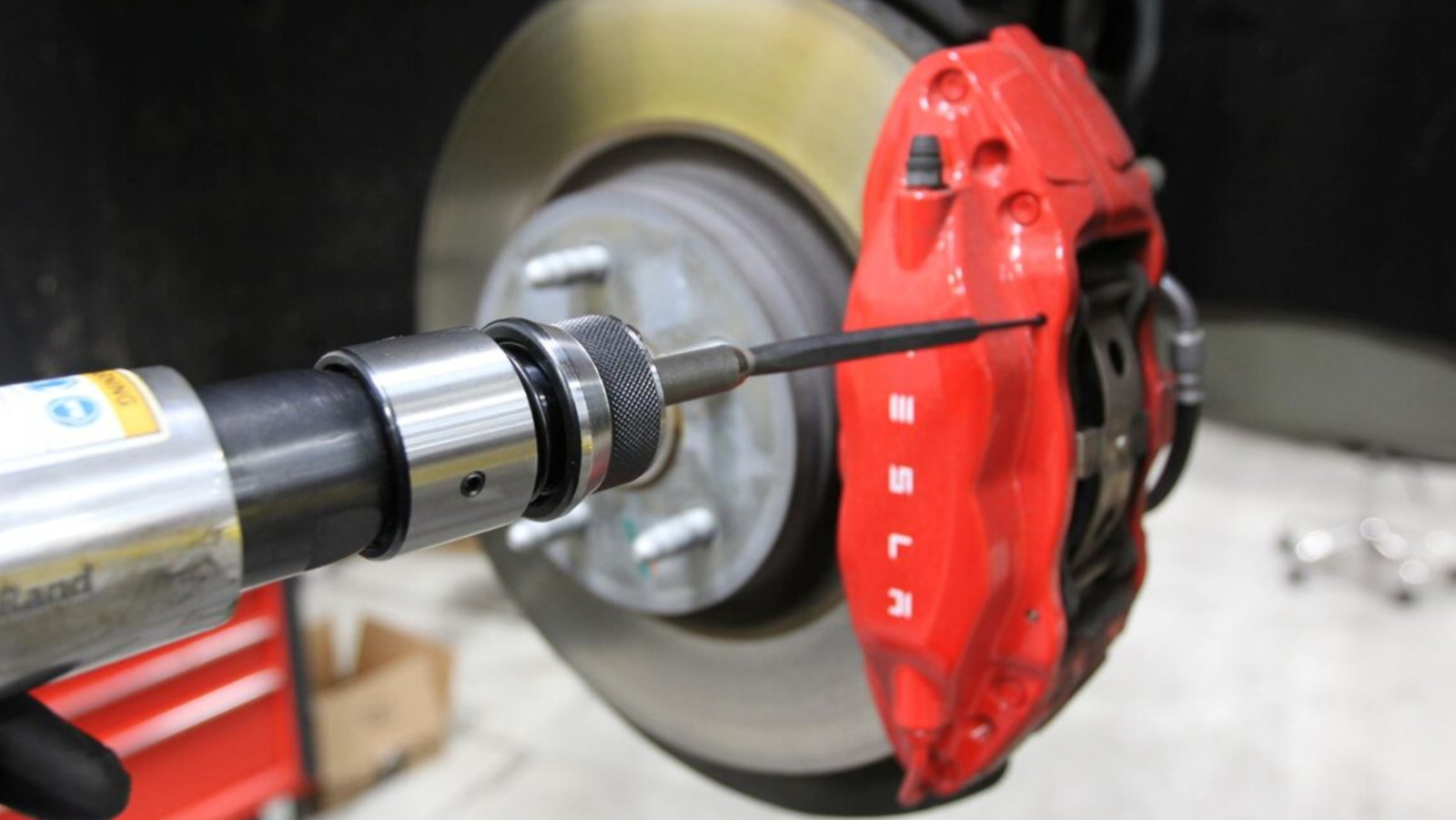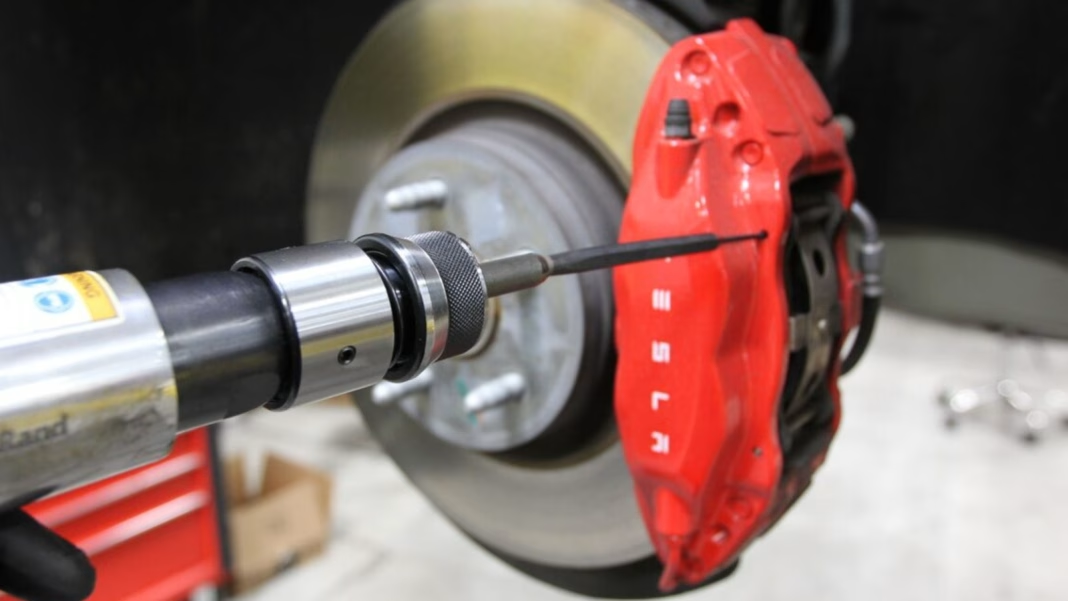Regenerative braking is more than just a buzzword in the world of electric vehicles; it’s a game-changer that’s reshaping how we think about braking systems. If you’re curious about how this technology works and whether it can really help you hit that impressive milestone of 100,000 miles on a Tesla, you’re in the right place.
What Is Regenerative Braking, Anyway?
At its core, regenerative braking is a system that captures the energy usually lost during braking and converts it back into usable power. When you press the brake pedal in a traditional vehicle, the brake pads create friction, which generates heat and wastes energy. In contrast, regenerative braking uses the electric motor to slow the vehicle down, effectively turning it into a generator. This process not only slows the car but also recharges the battery, making it a win-win for efficiency.
Why Does This Matter for Brake Pads?
The beauty of regenerative braking lies in its ability to reduce wear and tear on traditional brake components. Since the electric motor handles much of the braking, the brake pads experience less friction and, therefore, last significantly longer. This can lead to a substantial reduction in maintenance costs over time. Some Tesla owners have reported brake pads lasting well beyond the typical lifespan of 30,000 to 70,000 miles, with some even claiming they’ve reached the coveted 100,000-mile mark.
Can You Really Get 100,000 Miles on a Tesla’s Brake Pads?
The million-dollar question! While it’s certainly possible for some Tesla drivers to reach 100,000 miles on their brake pads, several factors come into play. Driving habits are crucial. If you primarily drive in stop-and-go traffic, your brake pads will wear out faster compared to someone who mostly drives on highways. Additionally, the model of the Tesla and its specific braking system can influence pad longevity.
For example, the Tesla Model 3 has been noted for its efficient regenerative braking system, which can contribute to longer-lasting brake pads. However, it’s essential to keep in mind that while regenerative braking extends the life of brake pads, it doesn’t eliminate wear entirely. Regular inspections and maintenance are still necessary to ensure safety and performance.
Real-World Experiences: What Are Tesla Owners Saying?
Many Tesla owners have shared their experiences online, and the feedback is overwhelmingly positive. Some users report that their brake pads have lasted well over 100,000 miles, while others have noted that they only needed to replace them after several years of driving. These anecdotes highlight the effectiveness of regenerative braking in real-world scenarios.
However, it’s not just about mileage. The condition of the brake pads can also depend on how you drive. Aggressive driving, frequent hard stops, and towing heavy loads can all contribute to quicker wear. So, if you’re looking to maximize the lifespan of your brake pads, adopting a smoother driving style can make a significant difference.
What About Other Maintenance Considerations?
While regenerative braking is a fantastic feature, it’s essential to remember that it’s just one part of the overall vehicle maintenance picture. Tire health, battery care, and regular software updates are also crucial for keeping your Tesla running smoothly. Plus, don’t forget about the importance of checking your brake fluid and ensuring that your braking system is functioning correctly.
The big takeaway? Regenerative braking isn’t about perfection—it’s about smarter adjustments. Start with one change this week, like adopting a smoother driving style, and you’ll likely spot the difference by month’s end. With a little care and attention, you might just find yourself among the lucky few who can boast about hitting that impressive 100,000-mile mark on their Tesla’s brake pads.


